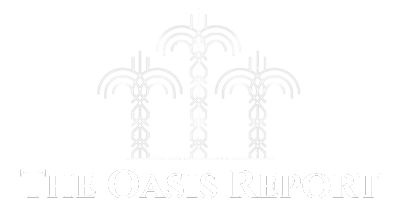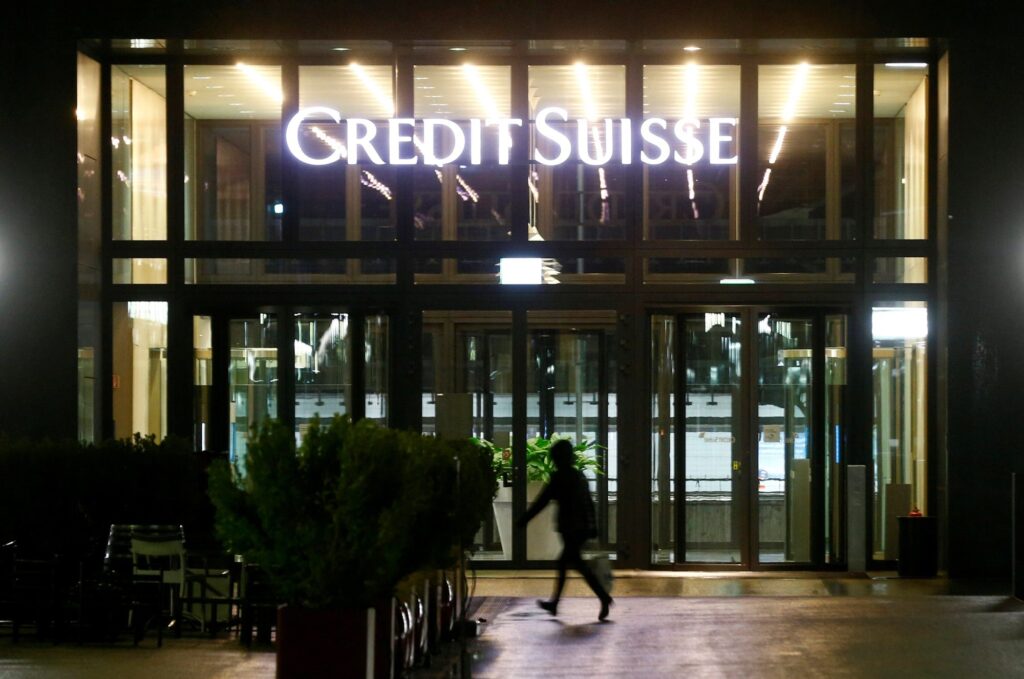The failure of a money centre bank is a traumatic event for shareholders, depositors, regulators and the broader financial system in any country.
That trauma is magnified when Middle Eastern sovereign wealth funds dominate the failed institution’s capital structure.
This dynamic was laid bare during the Credit Suisse crisis of March 2023. Among its largest strategic shareholders were the sovereign wealth funds of Qatar and Saudi Arabia, alongside the Olayan Group – the kingdom’s largest conglomerate, with longstanding holdings across Wall Street, the City of London and Zurich’s Bahnhofstrasse.
The collapse of the 166-year-old Credit Suisse marked the most devastating episode in Swiss banking since 2008, when its rival UBS suffered $55 billion in trading losses after a failed attempt to replicate Goldman Sachs’s proprietary trading success.
In Saudi financial circles, UBS’s near-collapse left a legacy of mistrust
At the time, the implosion of UBS was deemed unthinkable. Its balance sheet was seven times the size of Switzerland’s GDP, and it stood on par with Europe’s financial giants: Deutsche Bank, BNP Paribas, UniCredit and Banco Santander.
UBS was ultimately rescued through a liquidity swap orchestrated by the US Federal Reserve, the Bush White House, and the Swiss National Bank.
Depositors and bondholders were spared. Shareholders were not – among them the family office of Prince Sultan bin Abdulaziz in Riyadh, which had amassed a strategic stake in UBS during the petrodollar surge that followed the 1973 Arab-Israeli War.
In Saudi financial circles, UBS’s near-collapse left a legacy of mistrust. Chairman Marcel Ospel’s unchecked risk appetite not only eviscerated shareholder value but also tarnished Switzerland’s image as a conservative, alpine safe haven for global capital.
That bitter legacy resurfaced in 2023. Through its 38 percent stake in Saudi National Bank (SNB), the Saudi Public Investment Fund (PIF) found itself exposed once more – this time, as SNB’s 9.88 percent stake in Credit Suisse was effectively wiped out during the emergency UBS takeover.
PIF governor Yasir Al-Rumayyan declared last week that the fund would cease all dealings with Swiss banks.
The losses extended beyond equity. Finma, Switzerland’s financial regulator, shocked markets by writing down $17 billion in Credit Suisse AT1 bonds – additional Tier 1 paper designed to shore up bank capital – blindsiding investors and reversing years of regulatory precedent. SNB and PIF were among the hardest hit.
Finma defended its decision as a necessary crisis measure. Days earlier, Silicon Valley Bank had collapsed in California, and Swiss officials feared that any delay in resolving Credit Suisse would spark a global contagion akin to that of Lehman Brothers in 2008.
However, this was not Gulf capital’s first painful run-in with a Western bank.
On the eve of the 2008 financial crisis, Citigroup raised $14 billion from Abu Dhabi’s Adia, in a deal brokered by then-chairman Robert Rubin, the former Goldman Sachs executive and Clinton-era treasury secretary.
Months later the US government nationalised Citi, wiping out 95 percent of shareholder value. Adia later sued the bank for inadequate disclosure – a legal battle that strained ties for years.
These episodes raise the question: if Gulf sovereign wealth funds are to remain strategic shareholders in global banks, should they not be granted a greater voice in governance, risk management and crisis response?
The Gulf’s painful experience with the regulator-driven bank bailouts of Credit Suisse and Citigroup prove that failure to consult on governance and strategy can damage, even rupture international relations among Western money lenders and their Gulf Arab sovereign wealth fund shareholders.
Matein Khalid is an investor in global financial markets and board adviser to leading family offices in the UAE and Saudi Arabia



